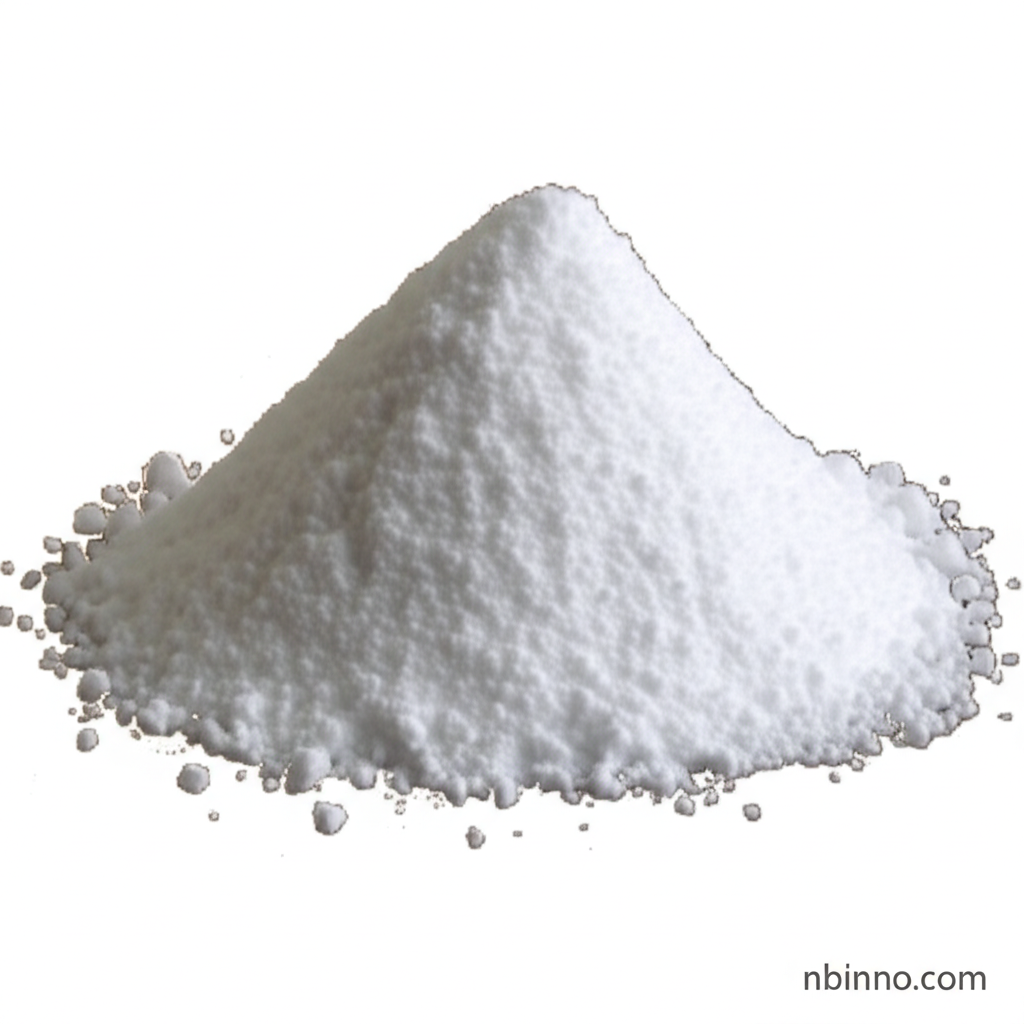High-Purity Stearic Acid (CAS 57-11-4): A Key Additive for Rubber and Industrial Applications
Discover the essential roles of Stearic Acid (Octadecanoic Acid) as a vital component in the rubber industry and beyond. Learn how this versatile chemical enhances processing, improves product performance, and serves diverse industrial needs, making it a cornerstone ingredient for manufacturers.
Get a Quote & SampleProduct Core Value

Stearic Acid
Stearic acid, a saturated long-chain fatty acid with the chemical formula C18H36O2, is a fundamental ingredient in numerous industrial processes. As a reliable supplier in China, we provide high-purity Stearic Acid that acts as a crucial vulcanization activator, processing aid, and softener in the rubber industry. Its ability to improve flexibility, dispersibility, and wear resistance makes it indispensable for producing high-quality rubber products. We are a trusted manufacturer in China, ensuring consistent quality and performance for your manufacturing needs.
- Enhanced Rubber Processing: Stearic acid, a key component in rubber processing, significantly improves the flow and mold release properties of rubber compounds, leading to more efficient manufacturing cycles.
- Vulcanization Activation: As a vital octadecanoic acid vulcanization activator, it facilitates faster and more effective cross-linking in rubber, boosting the final product's strength and durability.
- Improved Material Properties: The inclusion of stearic acid contributes to better flexibility and resilience in rubber products, making them more resistant to wear and tear, a crucial aspect when considering benefits of stearic acid in plastics.
- Diverse Industrial Applications: This versatile chemical finds extensive use beyond rubber, serving as a lubricant in plastics, an emulsifier in cosmetics, and a component in candle manufacturing, highlighting its broad utility as an industrial grade stearic acid application.
Advantages Offered
Enhanced Processability
As a critical rubber additive, stearic acid acts as an internal lubricant, reducing viscosity and friction during rubber compounding. This makes processing, molding, and shaping much smoother, contributing to a higher quality finished product.
Improved Vulcanization
Stearic acid is an essential activator for accelerators in rubber vulcanization. By enhancing the efficiency of the cross-linking process, it helps to achieve optimal mechanical properties and a reduced cure time, directly impacting production efficiency.
Superior Product Performance
Incorporating stearic acid into rubber formulations leads to increased flexibility and resilience. This improves the overall durability and wear resistance of rubber products, a key factor for longevity and performance in demanding applications.
Key Applications
Rubber Manufacturing
Essential for improving processing, acting as a vulcanization activator, and enhancing the final properties like flexibility and wear resistance in tires, hoses, and belts. Understanding stearic acid in rubber processing is key for manufacturers.
Plastics Industry
Serves as an external and internal lubricant and a stabilizer in PVC processing, contributing to better mold release and enhanced durability of plastic products, aligning with the discussion on benefits of stearic acid in plastics.
Cosmetics and Personal Care
Used as an emulsifier, thickener, and emollient in creams, lotions, and soaps, contributing to skin moisturization and a smooth texture. Its role is vital in many cosmetic formulations.
Candle Making and Lubricants
Acts as a hardening agent in candles, improving their burn time and structure. It's also used as a thickener and lubricant in greases and metalworking fluids, showcasing its diverse functionality.
